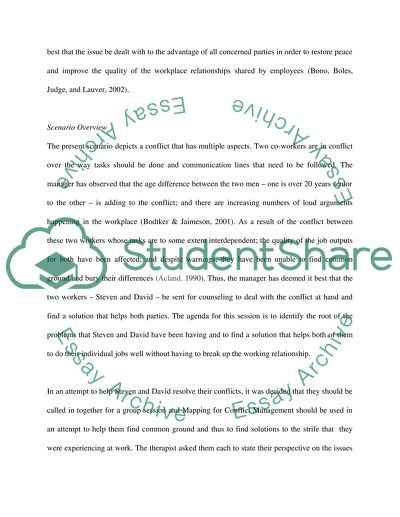Cite this document
(“Analysis of a Session for Employee Conflict Resolution Assignment”, n.d.)
Retrieved de https://studentshare.org/psychology/1391790-conflict-management
Retrieved de https://studentshare.org/psychology/1391790-conflict-management
(Analysis of a Session for Employee Conflict Resolution Assignment)
https://studentshare.org/psychology/1391790-conflict-management.
https://studentshare.org/psychology/1391790-conflict-management.
“Analysis of a Session for Employee Conflict Resolution Assignment”, n.d. https://studentshare.org/psychology/1391790-conflict-management.


